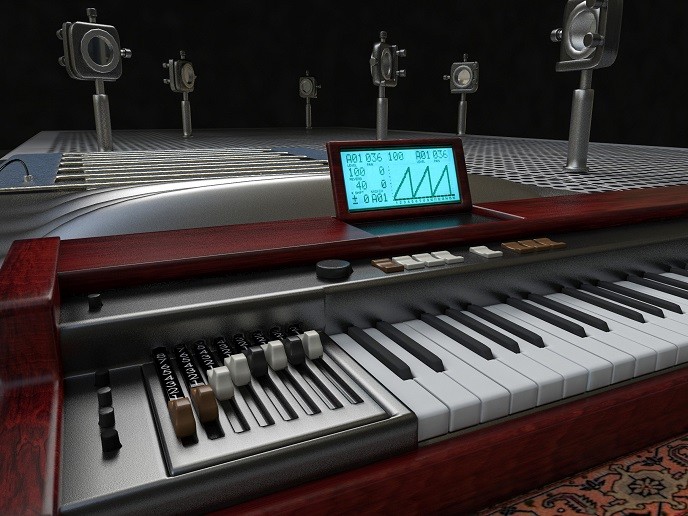New techniques to boost forensics research
The study of human characteristics and traits – biometrics – is crucial in forensics for advancing law enforcement. Collecting forensic evidence, however, also involves probability calculations for matching human characteristics and traits with suspects and defining the probabilities or likelihood of guilt. Researchers in Europe could benefit from new models of associating evidence with suspects, helping to establish innocence or guilt with more certainty. To realise this goal, they initiated the EU-funded project BBFOR2(opens in new window) (Bayesian biometrics for forensics). The project trained young researchers on the Bayesian paradigm in forensic biometric evidence reporting, considering all the different circumstances involved in collecting forensic biometric traces. It brought together 14 early stage researchers and four experienced researchers. They focused on forensic application of biometrics in areas such as automatic recognition using speech, face, fingerprints and palmprints. BBFOR2 improved identification of potential suspects in a database using trace evidence found at a crime scene. It also advanced techniques that compare samples from a suspect and the trace to better present the weight of evidence in a court of law. The project team also made palpable progress on improving several aspects of speaker recognition. This included automating speaker verification and estimating age, social group and gender from the voice. Team members worked on the relationship between image quality and face recognition performance, as well as different methods to convert face recognition systems into likelihood ratios. For instance, 'ability calibration' was used to assess the quality of the biometric detector for likelihood ratio determination. Impressively, they successfully standardised the use of likelihood ratio and homogenised the paradigm that evaluates the quality of the reported likelihood ratios. As a result, these unbiased automated recognition system results can be used as evidence in court cases. These achievements and many others led to over 100 publications on the topic, laying the groundwork for major changes in the field. At the end of the project, a conference titled 'Biometric Technologies in Forensic Science' presented key results and supported their dissemination to researchers and the scientific community. Policymakers and professionals related to the police and justice system could benefit significantly from the work done under BBFOR2.






